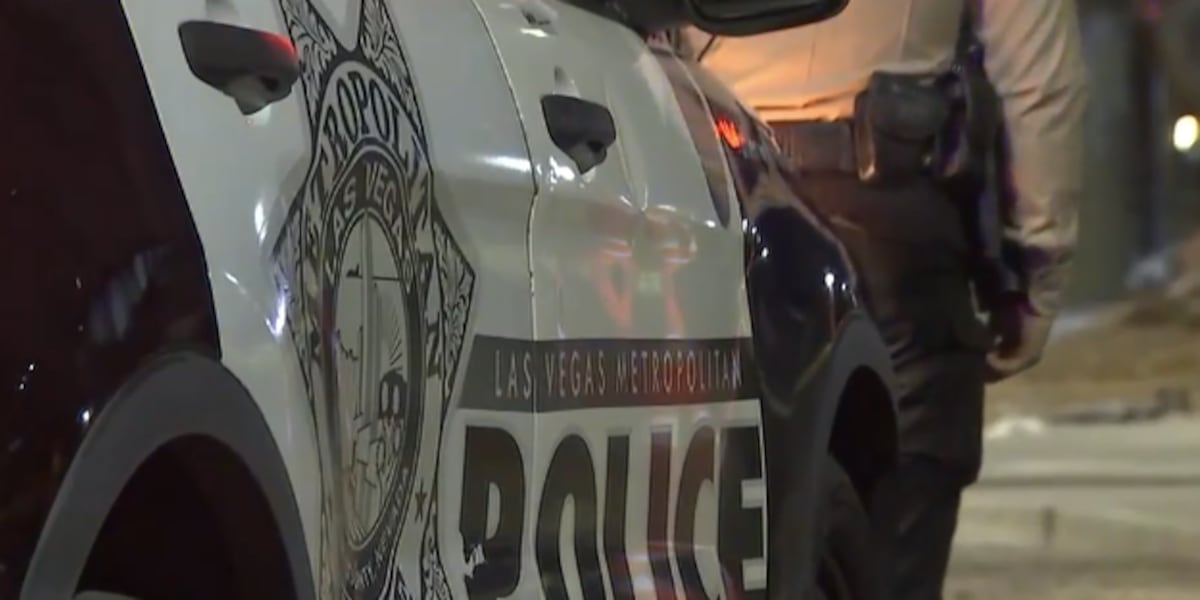LAS VEGAS, Nev. (FOX5) – There’s more to Las Vegas’ iconic neon beneath the lights.
“This is a caballero on Palomino,” Aaron Berger, executive director of the Neon Museum, said while pointing up to a neon sign at the intersection of Las Vegas Boulevard and Fremont Street. “One of the first signs that’s depicting a non-white person in the sign itself that’s not a caricature.”
The Horse and Rider sign, which has stood on that corner for three decades, features the original way signs like it were cleaned when it was built in the 1950s, by hand.
“If you look closely at the sign, you’re going to see little pegs that are sticking out from there,” Berger said.
The sign is recognized in the Library of Congress but not on the streets below it.
“Here’s history right here in the middle of everything. We just don’t have any signage around it,” Berger said, motioning again to the sign. “It is frustrating because this is a fabulous piece of history that is in plain view for everyone to see.”
It’s one of many historical features of the Las Vegas Valley that Berger wants to emphasize.
“This is one of my favorite locations in Las Vegas, and unfortunately it’s sort of overlooked oftentimes,” Berger said as he entered the area of Main Street Station Casino Brewery Hotel that houses decades-old slot machines. “One of them is in fact from one of the brothels that was originally here in Las Vegas, so if you actually pulled the lever, you wouldn’t get money, you’d get services.”
A brochure tells you a bit about the old machines, but there’s no signage to give any other historical nuggets.
Also on the casino floor are several artifacts a century old or older, like a brass boar from the south of France behind the casino bar, stained glass from actress Lillian Russell’s mansion in Pittsburgh, and chandeliers from opera houses in Paris and San Francisco.
These are all noted in the brochure, but not on the casino floor.
Just off that floor is an artifact well-known to some locals, a piece of the Berlin Wall, situated behind the urinals in the men’s restroom. A sign above the wall lets you know what it is, but not why it’s there.
“If you were a West Berliner, and you were a man, you would urinate on the wall as an act of defiance,” Berger explained. “We don’t tell the story of why we have a Berlin Wall behind urinals.”
Berger’s long-term goal is to make these historic parts of town more obvious and easier to learn about.
“We have a town that has a reputation of building it up and blowing it up,” Berger said. “The reality is historic preservation is alive and well in this city, and it’s just that we don’t necessarily recognize that it’s here.”
Berger hopes to better-preserve that history by adding informative signs around these sites.
“Each one is a gem and is priceless in its own way,” Berger said glowingly. “So it’s really important that we finally tell these stories and let people know that, again, history is in plain sight.”
Berger hopes to get this project underway later this year.
Copyright 2024 KVVU. All rights reserved.




